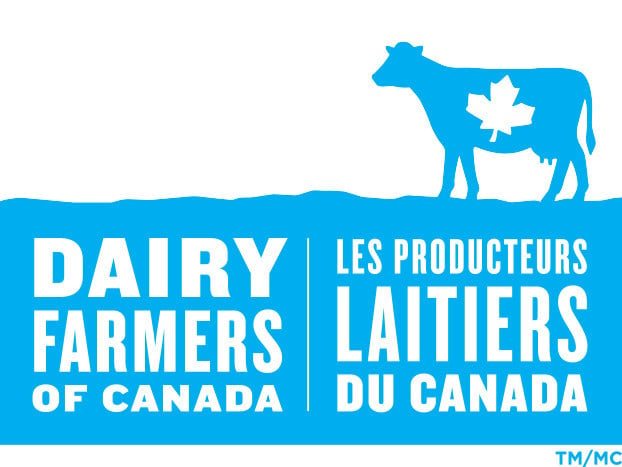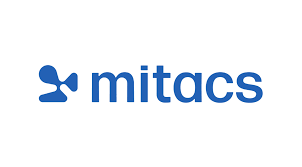On-farm locomotion and hoof health assessment using artificial intelligence technologies
Ongoing

Project overview
Accurate, practical and quick routine locomotion assessment remains an important challenge on dairy farms. Early and accurate lameness detection is important as it negatively impacts animal welfare, health and productivity. Artificial intelligence (AI) tools to automate lameness detection have been investigated over the past decade, but most have failed to provide practical solutions, while others have not been thoroughly evaluated by external groups. Therefore, Canadian dairy producers are still in search of practical solutions to help them better prevent and manage lameness on their operations.
In this project, the research team propose to test the implementation on Canadian commercial dairy farms of two AI tools, one aimed for automated lameness detection (CattleEye) and one aimed for automatic detection of digital dermatitis lesion (YOLO). Both of these technologies are currently at the brink of marketing, but independent research on their usefulness is sparse. This research will allow to test the accuracy and feasibility of use of these AI technologies in the context of Canadian dairy farms (size, design, environment) by trying them out during 18 to 24 months on 10 commercial dairies. The results will also provide deeper understanding of the output of these technologies in terms of the course of actions that should be taken by the producers using this information for a successful lameness control strategy.
What Will the Research Team Do?
The main objective of the project is to test the accuracy and implementation on commercial dairy farms of two AI technologies aimed for automated lameness (CattleEye) and digital dermatitis lesions (YOLO) detection.
Specific objectives are:
- Test the accuracy and implementation of the CattleEye automated lameness detection camera system on a variety of Canadian dairy farms and compare its results to visual locomotion assessment using the 5-points scale.
- Test the accuracy and implementation of the YOLO automatic digital dermatitis lesions detection program on a variety of Canadian dairy farms and compare its results to visual lesion assessment and scoring using the M-Stage classification.
- Assess the associations between the CattleEye system output and the type and severity of the lameness and hoof lesions affecting the animals.
- Provide recommendations on the ease of use of these technologies depending on the type of farms and its characteristics and the potential usefulness and financial impacts of their implementation when compared to the producers’ ability to detect lameness and digital dermatitis lesion.
Principal Investigator
Marianne Villetaz-Robichaud
Université de Montréal
Co-Investigators
Pablo Valdes Donoso
Université de Montréal
André Desrochers
Université de Montréal
Key Words
- Locomotion, lameness, Artificial Intelligence
Period: 2024-2028
Budget: $600,000
Last Updated: June 09, 2025
Note: As per the research agreement, aside from providing financial support, the funders have no decision-making role in the conduct of the studies, data collection, and analysis or interpretation of the data. Researchers are independent in conducting their studies, own their data, and report the outcomes regardless of the results. The decision to publish the results rests entirely with the researchers.


